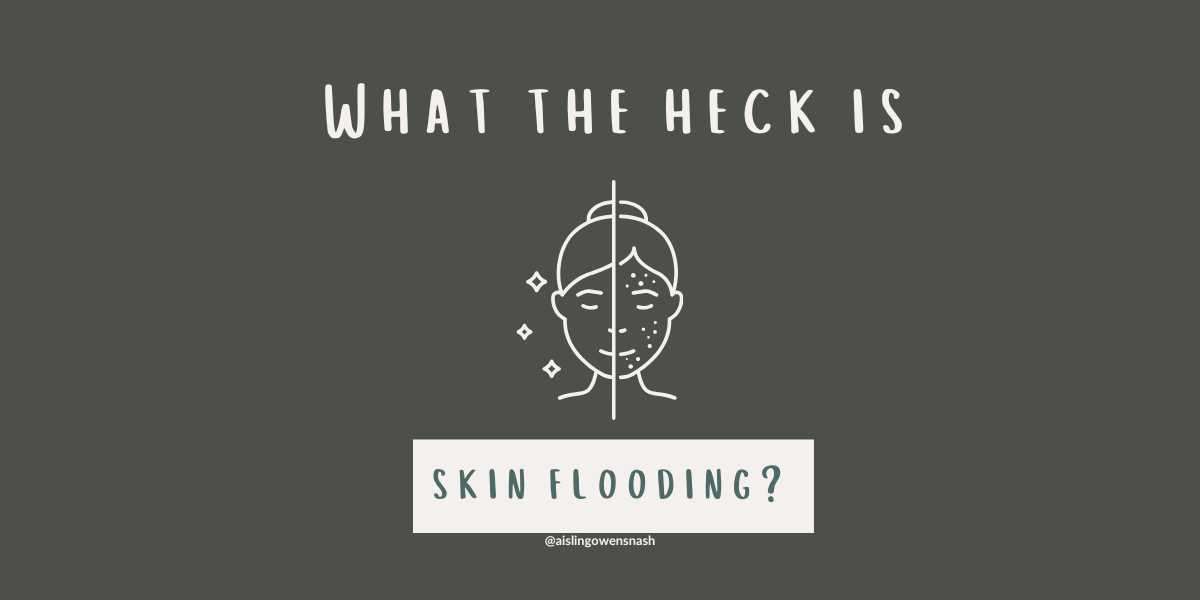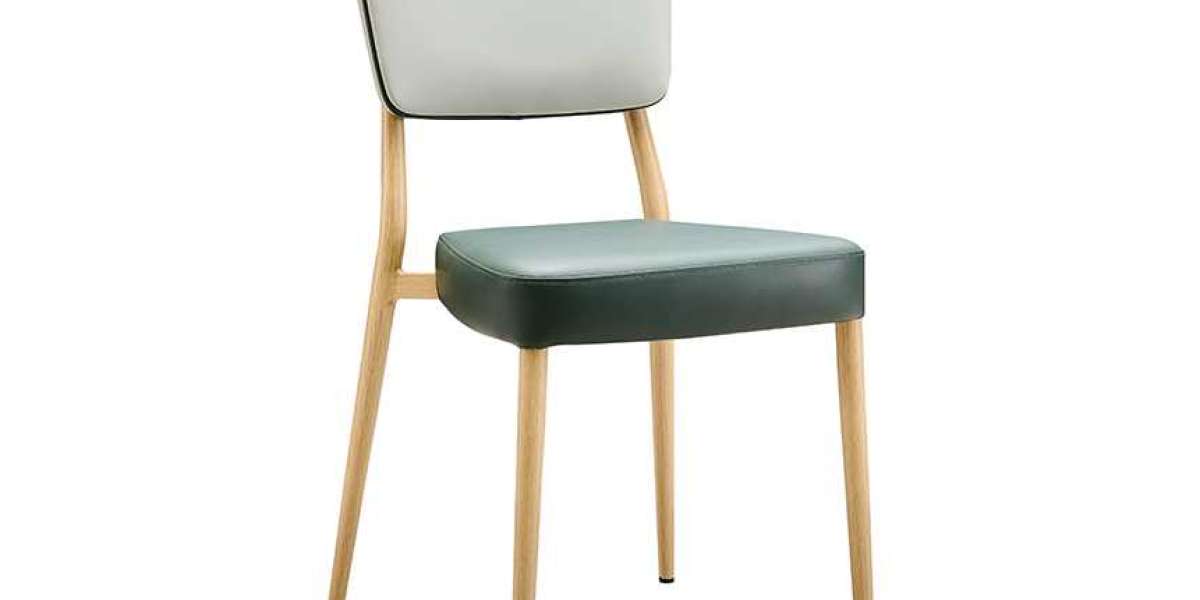The Ultimate Guide to Skin Flooding: Hydrate Your Skin to Perfection
In the world of skincare, new trends and techniques constantly emerge, promising to deliver glowing, healthy skin. One such trend that has gained popularity is "Skin Flooding." But what exactly is skin flooding, and how can it benefit your skin? This blog will explore the concept of skin flooding, how to do it effectively, and the science behind why it works. We'll also provide top tips and recommendations for incorporating this technique into your skincare routine.
What is Skin Flooding?
Skin flooding is a skincare technique that involves layering multiple hydrating products onto the skin to deeply saturate and "flood" the skin with moisture. The idea is to boost hydration levels in the skin, leaving it plump, dewy, and radiant. This method is particularly beneficial for those with dry or dehydrated skin but can be adapted for all skin types.
The technique typically starts with a lightweight, water-based product and progresses to thicker, more emollient layers. By layering products in this way, you ensure that your skin retains moisture and absorbs the beneficial ingredients more effectively.
The Science Behind Skin Flooding
Hydration is a fundamental aspect of healthy skin. When the skin is well-hydrated, it functions more effectively, providing a barrier against environmental stressors, reducing the appearance of fine lines, and maintaining a healthy, radiant glow.
1. The Role of Humectants Humectants are key ingredients in many hydrating products used in skin flooding. These substances attract water from the environment and draw it into the skin. Common humectants include hyaluronic acid, glycerin, and aloe vera.
- Hyaluronic Acid: A powerful humectant that can hold up to 1,000 times its weight in water. It works by attracting moisture to the skin's surface, making it look plumper and more hydrated.
- Glycerin: Another effective humectant, glycerin helps to draw moisture into the skin and lock it in, keeping the skin hydrated for longer periods.
Source: A study published in the Journal of Clinical and Aesthetic Dermatology highlights the effectiveness of hyaluronic acid in improving skin hydration and reducing the appearance of wrinkles (S. E. Puvvada, et al., 2018).
2. Skin Barrier Function The outermost layer of the skin, known as the stratum corneum, acts as a barrier to prevent moisture loss. When the skin barrier is compromised, it can lead to dryness, irritation, and a dull complexion. Skin flooding helps reinforce this barrier by ensuring that the skin is adequately hydrated, which in turn supports the overall health and appearance of the skin.
Source: According to the British Journal of Dermatology, maintaining skin hydration is crucial for a healthy skin barrier, which protects against external irritants and pathogens (T. Elias, 2012).
How to Practice Skin Flooding
If you want to try skin flooding for yourself, here’s a step-by-step guide to get you started:
1. Start with a Clean Face Always begin with a clean face. Use a gentle cleanser to remove any dirt, oil, or makeup. This will ensure that your skin can fully absorb the hydrating products you're about to apply.
2. Apply a Hydrating Toner or Essence The first step in skin flooding is to apply a hydrating toner or essence. These products are typically water-based and can quickly penetrate the skin to provide an initial layer of moisture. Look for toners that contain ingredients like hyaluronic acid or glycerin for maximum hydration.
3. Layer on a Hydrating Serum Next, apply a hydrating serum that contains humectants such as hyaluronic acid or peptides. Serums are more concentrated than toners and can deliver a potent dose of hydration deep into the skin.
4. Seal in Moisture with a Lightweight Moisturiser After applying your serum, follow up with a lightweight moisturiser. This step helps to seal in the hydration from the previous layers, ensuring that your skin remains moisturised throughout the day or night.
5. Top it Off with an Occlusive For those with very dry skin or during the colder months, you might want to finish your skin flooding routine with an occlusive product like a facial oil or balm. Occlusives create a barrier on the skin's surface to prevent moisture loss and keep your skin feeling soft and supple.
6. Don’t Forget Sunscreen If you're practicing skin flooding during the day, always finish with a broad-spectrum sunscreen. Sunscreen not only protects your skin from UV damage but also helps prevent moisture loss caused by sun exposure.
Top Tips for Effective Skin Flooding
1. Choose the Right Products for Your Skin Type While skin flooding is primarily about hydration, it’s important to choose products that suit your skin type. If you have oily or acne-prone skin, opt for lightweight, non-comedogenic products that won’t clog your pores. For dry skin, richer formulations might be more beneficial.
2. Adjust Your Routine Based on the Weather Skin flooding can be particularly beneficial in the winter months when the air is dry and moisture levels in the skin tend to drop. However, in the summer, you might want to use lighter products to avoid overloading your skin.
3. Be Patient and Consistent As with any skincare routine, consistency is key. It might take a few weeks to see the full benefits of skin flooding, so be patient and stick with it.
4. Listen to Your Skin Not everyone’s skin will respond the same way to skin flooding. Pay attention to how your skin reacts and adjust your routine accordingly. If you notice any irritation or breakouts, consider switching to gentler products or reducing the frequency of your routine.
Conclusion
Skin flooding is a simple yet effective technique to deeply hydrate your skin and improve its overall health and appearance. By layering hydrating products from the lightest to the heaviest, you can ensure that your skin is adequately moisturised and better protected against environmental stressors.
Whether you're dealing with dry skin or just looking to enhance your glow, skin flooding could be the answer. By following the steps and tips outlined in this blog, you can create a skincare routine that leaves your skin feeling plump, hydrated, and radiant.
If you’re ready to flood your skin with hydration, start by selecting high-quality products that are tailored to your skin’s needs, and remember to always prioritise ingredients that promote long-lasting moisture.








